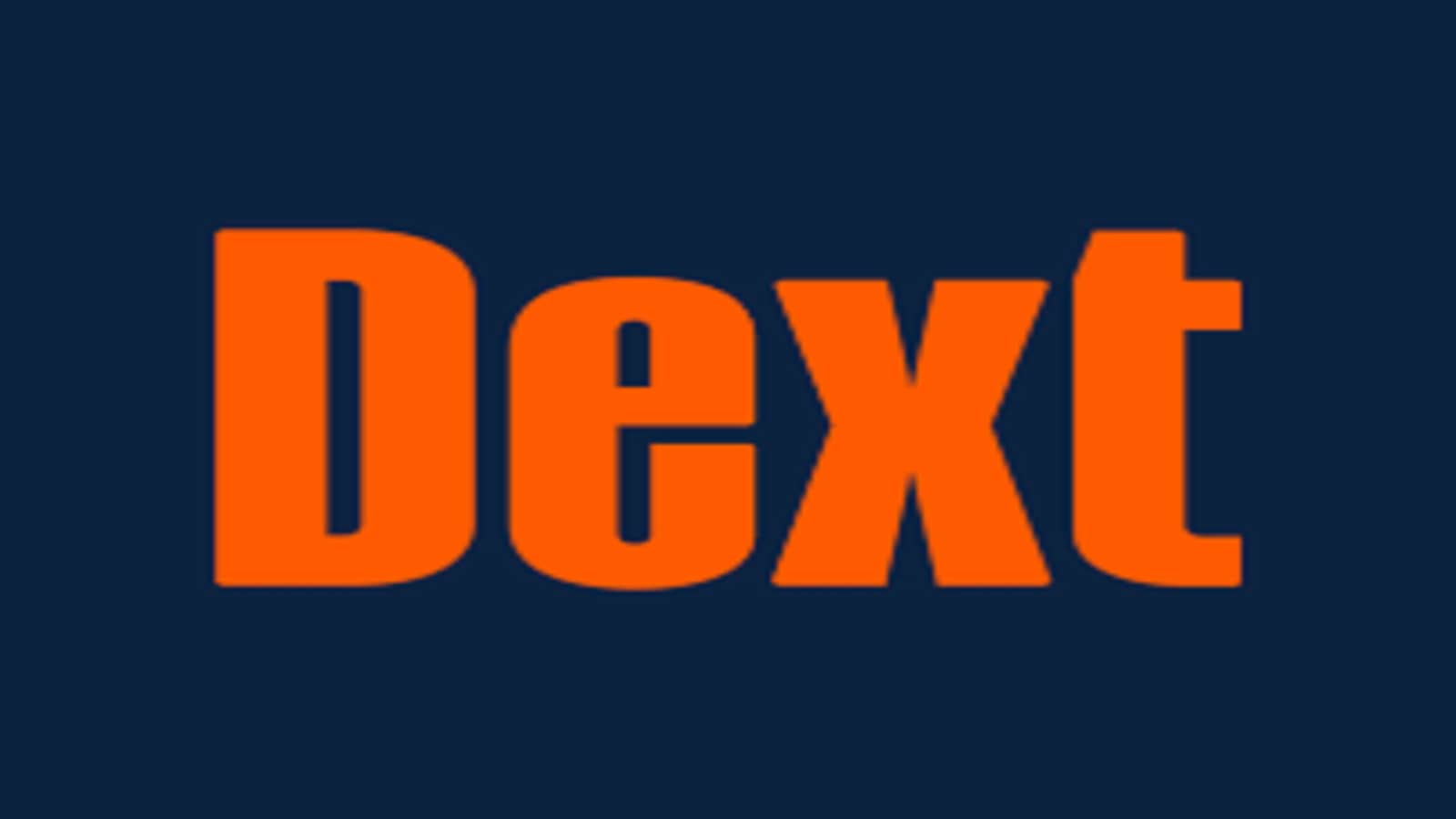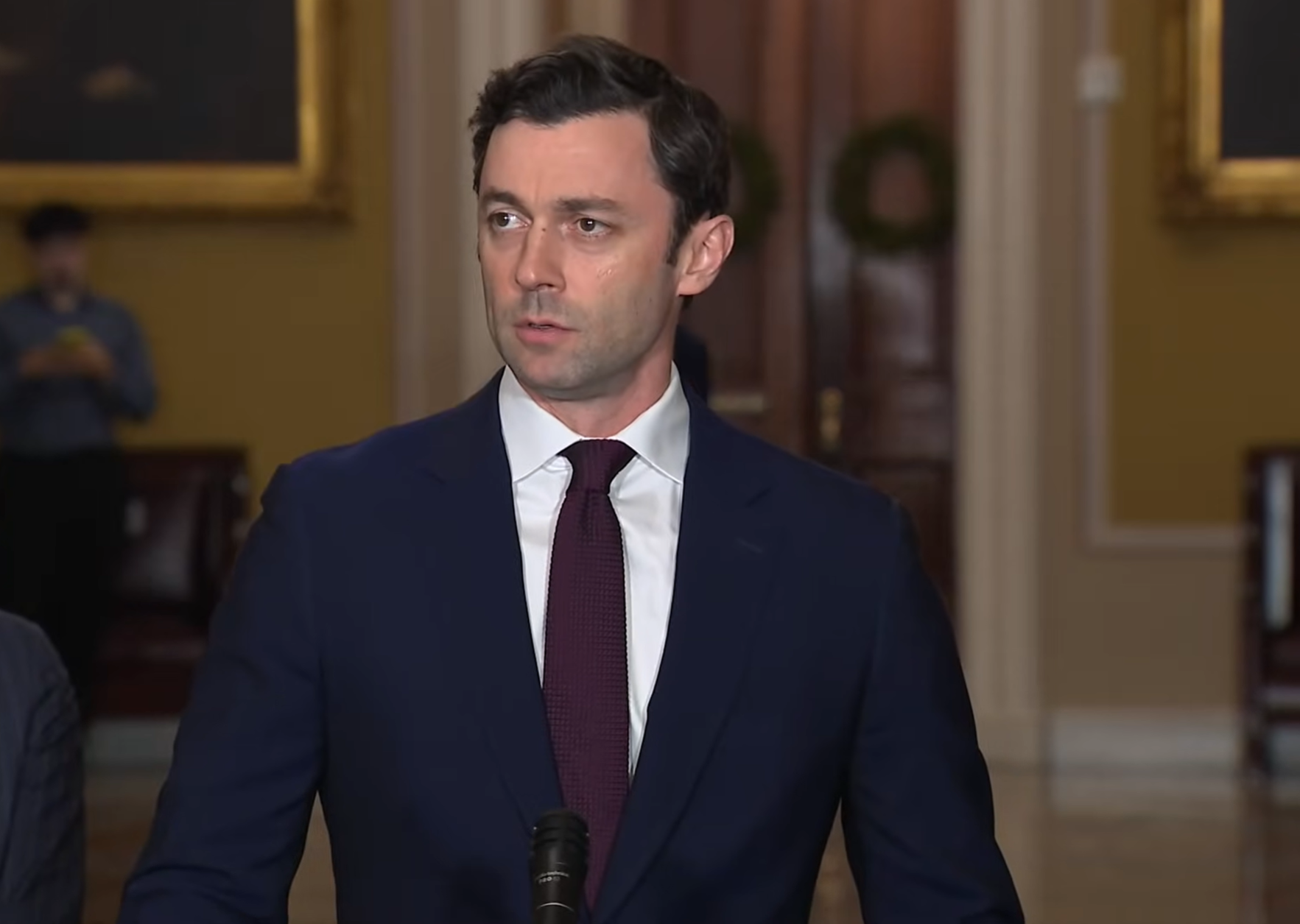2020 has been a tumultuous year. The combination of COVID-19, civil unrest including riots, and an impending election has caused business interruption, supply chain interruption, political risk and widespread uncertainty.
Being blindsided by disasters and risks does not bode well for small and mid-market businesses which are far more fragile than larger companies. Unlike their Fortune 1,000 brethren, they lack access to credit and capital markets, are often geographically concentrated and tend to have concentrated revenue streams. This increases the chances of small to mid-market businesses going bankrupt. In fact, according to the Small Business Administration, 40 percent of small businesses affected by natural or human-caused disaster never reopen their doors. This is one reason why only 30 percent of family-owned businesses never survive into the second generation.
With this fragility in mind, it is even more important for CPAs—who serve as trusted financial advisors, to counsel their clients on addressing their risk in a more robust fashion. Successful businesses that “have something to lose,” should be plowing a portion of their profits into protecting the business. After all, the United States government encourages these business leaders to prepare for a wide range of threats.
The government’s resource, Ready.gov, provides businesses with a set of hazards to consider such as natural hazards, terrorism, workplace violence, pandemic disease, cyberattacks, and even supplier failure or mechanical breakdown. It then provides assets at risk and the potential impacts such as casualties, property damage, business interruption, financial loss, fines and penalties or lawsuits. The point is, there are numerous vulnerabilities that businesses face and many of these vulnerabilities either are not insured or are underinsured through commercial insurance.
A year like 2020 is an omen sending a powerful signal to CPAs that their clients desperately need two things – both more insurance and more money. For business leaders and executive teams, if they could have seen the future looking to 2020 they likely would have done some things differently, and most would have figured out a way to insure more risks – particularly business interruption and political risks – and to have more money set aside for contingencies.
This is where Enterprise Risk Management comes in—the discipline by which an organization in any industry assesses, controls, exploits, finances and monitors risk from all sources for the purpose of increasing the organization’s short and long-term value to its stakeholders. Basically, a team lays out all the risks the business may face and put a plan in place that could include risk mitigation measures, commercial insurance, or captive insurance.
This process brings to light certain risks that are commonly uninsured. For example, it is not uncommon for businesses to be unprepared for litigation—especially if it falls outside insurance policies. Supply chain interruption is another huge one. Even commercial cyber policies, if they are in place, very often are riddled with exclusions—and exclude human error—which most data breaches are caused by human error. Government intervention in a business, like fines that can shut a business down, is difficult to insure as well as reputation damage.
In addition to risks that are often uninsured, there are also risks that are typically underinsured. A classic example during the COVID-19 crisis has been business interruption. For most businesses, their business interruption coverage is only triggered if their property is damaged. Many thought they were covered for business interruption only to find out they were not.
So many businesses face a fork in the road. Will they insure current uninsured or underinsured risks? Or will they not insure them? This poses a conundrum. If a business purchases commercial insurance policies but does not have claims, the premiums are a sunk cost. This is precisely where captive insurance offers a powerful solution that CPAs can share with their clients, since the business or business owner owns the captive. If a business does not have claims on its captive insurance policies, the premiums are a sunk profit – profit in the captive owned by the business owner.
Captive insurance companies are an effective approach to only manage risks but to potentially even thrive in a crisis situation. As licensed commercial companies, captives are able to gain access to reinsurance pools or the reinsurance markets to provide a backstop for risks they insure. Captives also receive favorable tax treatment just like commercial insurance companies which help them accumulate loss reserves. Captive loss reserves not paid out in claims or expenses accumulate year-to-year. This accumulation of loss reserves can pay claims to the business in the event of an insured loss and provide a powerful defense against the unexpected, including the impact from pandemic disease, civil unrest and business interruption.
Ultimately, a captive insurance company makes a business more survivable. As mentioned earlier, when a business is successful and has something to lose, it makes tremendous sense to allocate a portion of profits to protect the business more fully. This translates to a stronger business model, improved risk management, improved cost control, insurance profits, asset protection, wealth accumulation and advantageous tax treatment. What 2020 has really shown us is that businesses need more insurance and more money. And a captive insurance company is the only strategy that delivers both.
========
Randy Sadler started his career in risk management as an officer in the U.S. Army, where he was responsible for the training and safety of hundreds of soldiers and over 150 wheeled and tracked vehicles. He graduated from the U.S. Military Academy at West Point with a Bachelor of Science degree in International and Strategic History with a focus on U.S. – Chinese Relations in the 20th century. He has been a Principal with CIC Services, LLC for 7 years and consults directly with business owners, CEOs and CFOs in the formation of captive insurance programs for their respective businesses. CIC Services, LLC manages over 100 captives.
Thanks for reading CPA Practice Advisor!
Subscribe Already registered? Log In
Need more information? Read the FAQs




